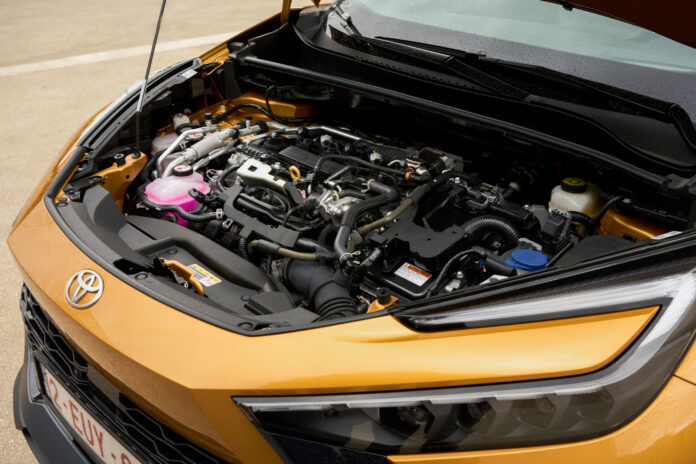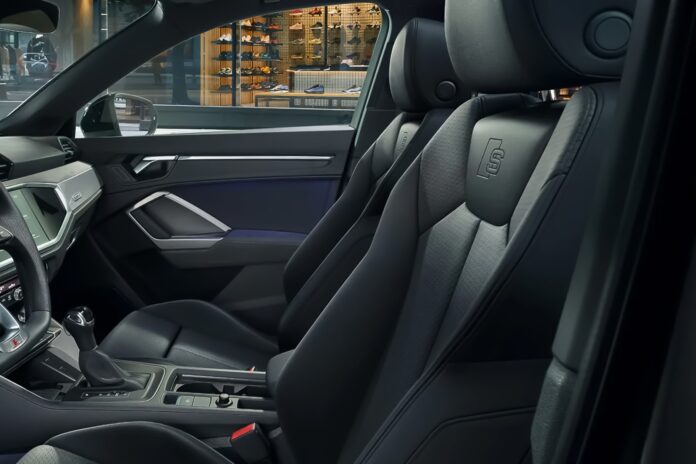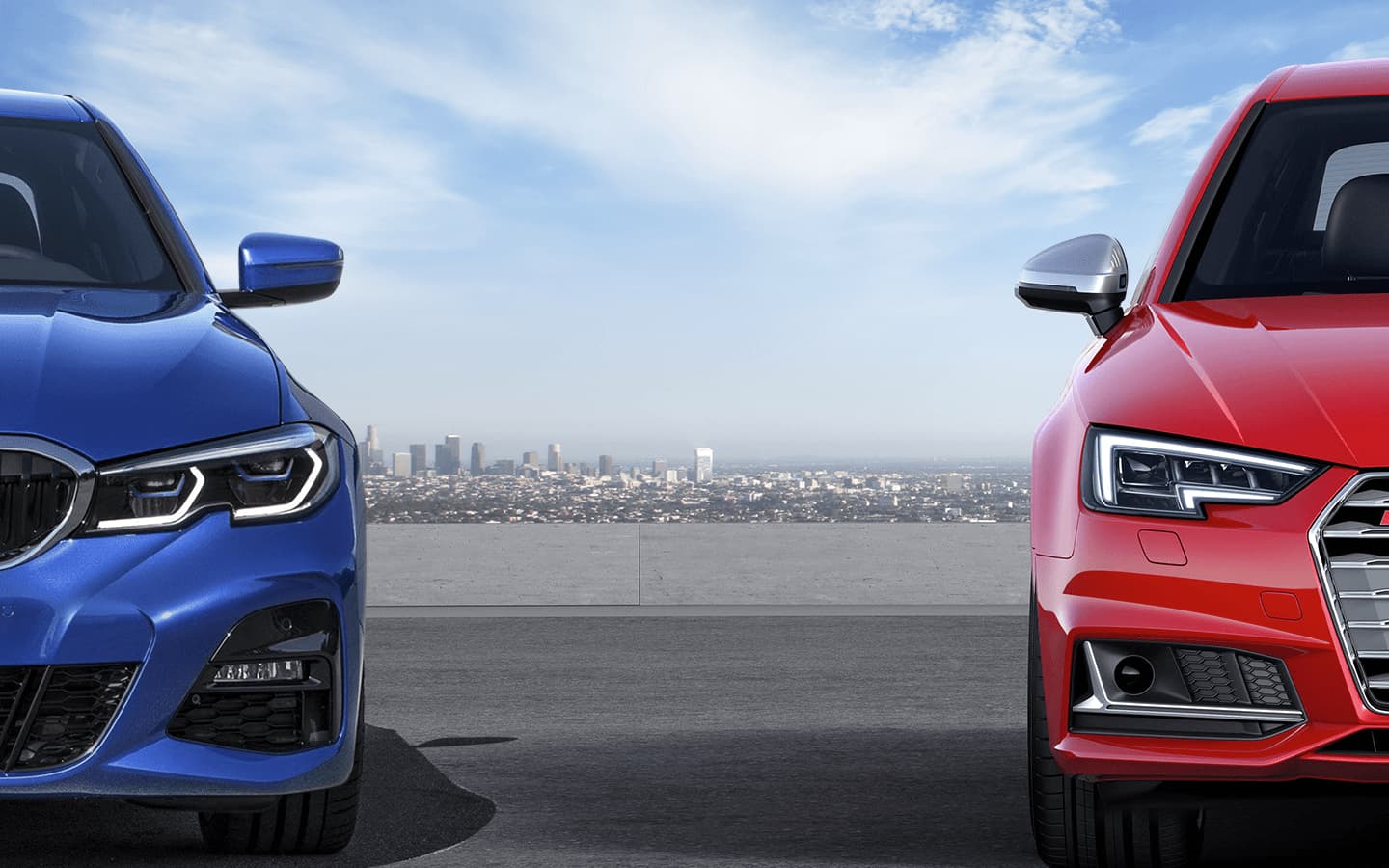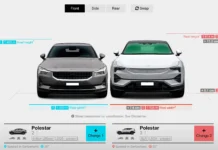Toyota launched the first C-HR back in 2016 as a stylish crossover aimed at younger drivers. Audi’s Q3, on the other hand, has been around since 2011, carrying the premium badge buyers crave. Fast-forward to 2025, and both cars sit in a segment that’s hotter than ever. Compact SUVs are outselling sedans across Europe and North America, with buyers wanting something practical, tech-packed, but still cool enough to show off.
So if you’re debating between Toyota’s sharp, edgy C-HR and Audi’s polished, premium Q3, you’re in the right place. Let’s break it down like a car guy who’s done the test drives, dug through the specs, and knows what you actually care about before signing a lease or dropping cash.
Dimensions and Practicality

One of the first questions buyers ask isn’t about horsepower – it’s about space. Does it fit in my garage? Can it handle my family’s gear?
The Toyota C-HR has always leaned sporty with its coupe-like roofline, which sacrifices some rear headroom but makes it stand out. The Audi Q3, by contrast, is the “safe bet” when it comes to interior spaciousness.
If you’re the type who wants to double-check exactly how these two compare against other models, you can always Compare Car Sizes. Tools like this give you real-world context on dimensions, a lifesaver if you’re parking in tight city spots or hauling baby strollers every day.
Quick Notes on Size
- Toyota C-HR (2025): Compact footprint, agile for city driving, rear seats feel tighter.
- Audi Q3 (2025): Slightly longer and taller, with more generous cargo space, and family-friendly.
Bottom line: city drivers may love the C-HR’s nimbleness, while small families will find the Q3’s extra room more practical.
Engines and Performance

Let’s talk powertrains, because this is where the gap really shows.
- Toyota C-HR: For 2025, it leans heavily on hybrid efficiency. Expect a 2.0-liter hybrid system, prioritizing fuel economy over raw punch. Acceleration is fine for city runs, but it won’t pin you to your seat.
- Audi Q3: Offers a broader engine lineup, including a 2.0 TFSI with turbo power. It’s punchy, refined, and feels more engaging on the highway.
If fuel efficiency is your main game, Toyota takes the win. If you want sharper handling, more horsepower, and a premium drive feel, Audi is the obvious pick.
Tech and Infotainment (with Table)
Tech sells cars in 2025 almost as much as engines do. Buyers want seamless Apple CarPlay, big screens, and voice commands that actually work.
Here’s how both stack up:
| Feature | Toyota C-HR 2025 | Audi Q3 2025 |
| Screen Size | 12.3-inch infotainment | 10.1-inch MMI with optional upgrade |
| CarPlay / Android | Standard wireless | Standard wired + optional wireless |
| Driver Assistance | Toyota Safety Sense 3.0 | Audi Pre Sense + Adaptive Cruise |
| Sound System | JBL upgrade available | Bang & Olufsen option |
Both cars check the essential boxes, but Audi edges ahead with customization. Toyota, however, keeps things simpler with more standard features at lower trims.
Interior Comfort and Design

Step inside the C-HR and you’ll notice Toyota went bold with shapes, patterns, and youthful vibes. It feels sporty and stylish but doesn’t scream luxury.
Audi Q3’s cabin? Different ballgame. Soft-touch materials, clean German design, and the option for fine Nappa leather. Audi knows how to make a cabin feel premium, and it shows.
Comfort Breakdown
- C-HR: Sporty, slightly cramped in the back, but supportive seats.
- Q3: Spacious, plush, more adjustability, better sound insulation.
If you’re spending hours commuting, the Audi is worth the upgrade. For shorter trips and city living, Toyota’s mix of style and comfort works fine.
Did You Know?
The Toyota C-HR has one of the highest resale values in its class, holding onto about 55–60% of its original price after three years. The Audi Q3, while strong for a luxury badge, averages closer to 48–50% in the same period.
Why does this matter? Buyers focused on total ownership cost may find the Toyota easier on the wallet long-term, especially with lower maintenance costs compared to premium German parts.
Safety Features and Ratings
Both cars are top players when it comes to safety, but their approaches differ.
- Toyota C-HR: Standard Toyota Safety Sense 3.0 includes lane keep assist, adaptive cruise, and automatic emergency braking across all trims.
- Audi Q3: Comes with Audi Pre Sense and similar features, but some of the best tech — like lane centering — sits in higher trim levels or as options.
Toyota wins on “what you get without paying extra.” Audi shines if you’re willing to climb the trim ladder.
Price and Value
Here’s where buyers often make their final decision.
- Toyota C-HR 2025: Starting price around €32,000 / $30,000, hybrids standard, strong reliability ratings.
- Audi Q3 2025: Starting price closer to €42,000 / $38,000, with options pushing it well above €50,000 if you go all-in.
Value Check
- Toyota = lower upfront, lower maintenance, better resale.
- Audi = higher prestige, stronger performance, premium badge value.
It boils down to what matters more: practicality and savings, or premium experience and badge power.
Conclusion
Choosing between the 2025 Toyota C-HR and Audi Q3 comes down to priorities. If you want efficiency, reliability, and a striking design at a lower price, Toyota’s C-HR is a rock-solid pick. But if premium feel, performance, and cabin luxury matter more, the Audi Q3 justifies its higher cost.
Both cars are excellent – the real question is, do you want value and edge (C-HR) or status and refinement (Q3)? Either way, you’re landing in one of the best-selling segments of 2025.







